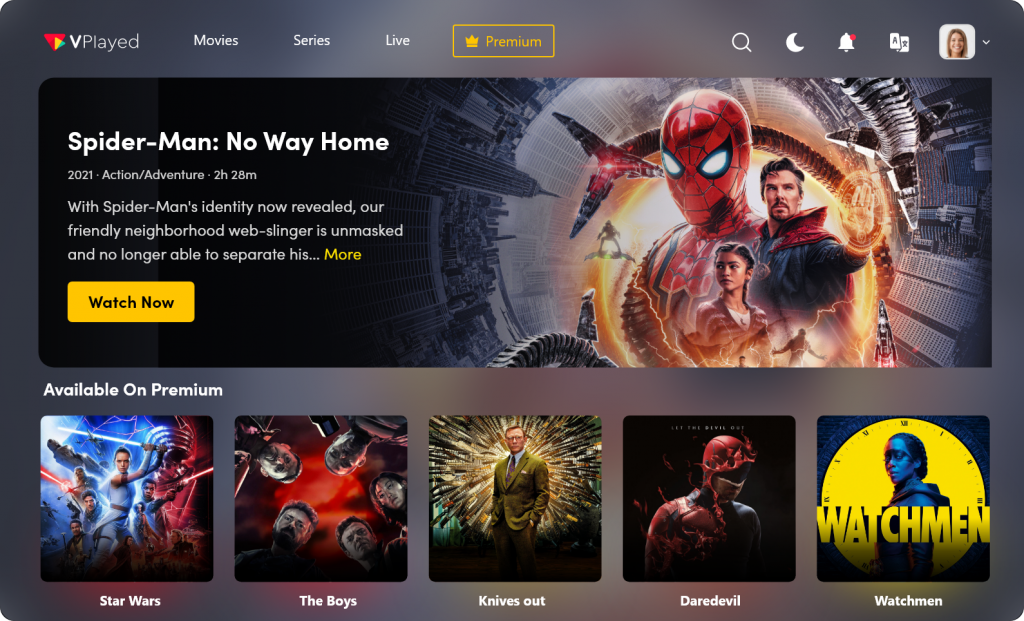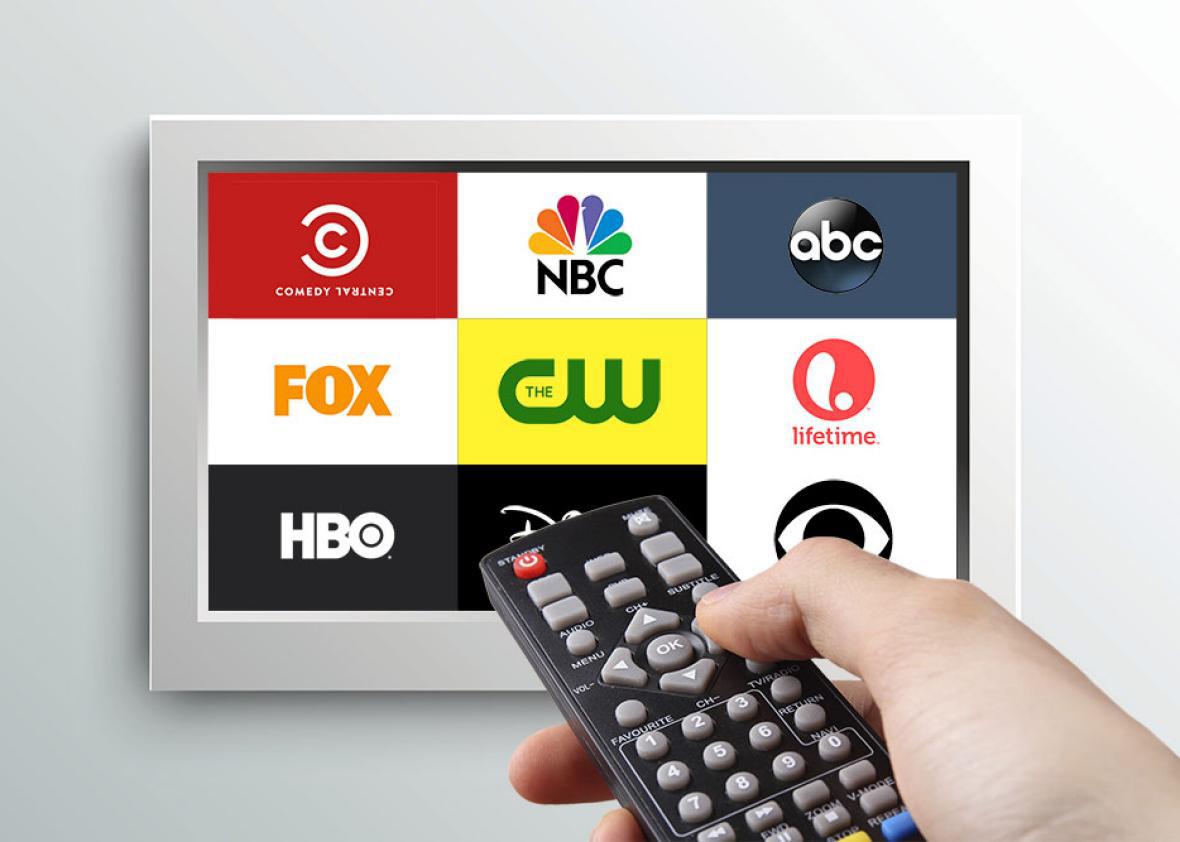Some Known Details About Apollo Group Tv
Some Known Details About Apollo Group Tv
Blog Article
A Biased View of Apollo Group Tv
Table of ContentsNot known Details About Apollo Group Tv The Single Strategy To Use For Apollo Group TvTop Guidelines Of Apollo Group TvApollo Group Tv Things To Know Before You Buy
In this scenario, rather than having three-minute industrial areas during a 30-minute television program, television shows might change to one where a consumer will be needed to have a regular monthly registration, so that they cen sight targeted banner ads. This kind of advertising and marketing already occurs on the web, and the amount of information television companies gather allows them to do much the very same.Describe the impact of enrollers on program web content. Describe the significant fads among the broadcasting and cable television networks. When television was in its early stage, producers modeled the brand-new medium on radio. Popular radio shows such as police dramatization Dragnet and western cowboy collection Gunsmoke were adjusted for television, and new television shows were sponsored by solitary advertisers, just as radio programs had actually been.
Today, the television industry is much more complex. Programs are funded by multiple advertisers; programs is managed by significant media corporations; and the three major networks no more control the airwaves yet instead share their visitors with numerous cable television channels. Numerous factors account for these fads within the industry, consisting of technological growths, federal government guidelines, and the creation of new networks.

The 9-Minute Rule for Apollo Group Tv
Established in 1969, (PBS) established out of a report by the Carnegie Commission on Educational Tv, which examined the role of instructional, noncommercial tv on society. Public television was likewise intended to give universal accessibility to television for audiences in rural areas or customers that might not manage to pay for exclusive television services.
The duration between 1950 and 1970 is traditionally recognized as the. Apart from a small part of airtime controlled by public television, the 3 major networks (referred to as the Big 3) controlled the tv industry, collectively representing greater than 95 percent of prime-time watching. In 1986, Rupert Murdoch, the head of international firm News Corp, introduced the Fox network, challenging the supremacy of the Big 3.
Targeting young and minority target markets with programs such as Buffy the Vampire Killer, Moesha, Dawson's Creek, and The Wayans Bros., the new networks wished to attract terminals away from their old network affiliations. Rather than repeating the success of Fox, UPN and WB had a hard time to make an effect. Not able to bring in many affiliate stations, the 2 fledgling networks reached fewer homes than their bigger opponents due to the fact that they were unobtainable in some smaller cities.
This decision led the way for the growth of wire film channels, adding to the exponential development of cable in the 1980s and 1990s. apollo group tv. Further deregulation of cable television in the 1984 Cable Television Communications Policy Act eliminated limitations on cord rates, making it possible for drivers to bill what they desired for cord solutions as long as there worked competition to the solution (a criterion that over 90 percent of all wire markets could meet)
The 3-Minute Rule for Apollo Group Tv

Having actually created the first "superstation," Turner expanded his realm by establishing 24-hour news network CNN in 1980. At the end of the year, 28 nationwide programs solutions were offered, and the cord revolution had actually started. Over the next decade, the sector went through a duration of quick development and popularity, and by 1994 audiences might select from 94 fundamental and 20 costs wire solutions.
Figure 9 - https://hearthis.at/vick-boyd/set/apollo-group-tv/.16 Raised competition from cable networks has created a steady decrease in the networks' target market rankings. Throughout the 1950s, the price of generating a solitary tv show enhanced as programs became longer and manufacturing prices rose. Sponsorship on network television shifted from single sponsorship, in which a program was totally sustained and created by one marketer, to multiple sponsorship, in which advertisers got 1- or 2-minute spots on the show
Choose one of the Big Four networks and print out its once a week programming routine. See the network's prime-time programs over the course of a week, noting the target demographic for each show.
A Biased View of Apollo Group Tv

Direct TV, commonly referred to as typical program TV, encompasses cord and satellite tv. It's called "linear" due to the fact that material follows an established shows routine, unlike on-demand web content which the private viewer determines to enjoy based on their own preferences and routine. So, when you ask, "What is linear TV?", consider it as the traditional means of seeing TV that has been around for decades.
Report this page